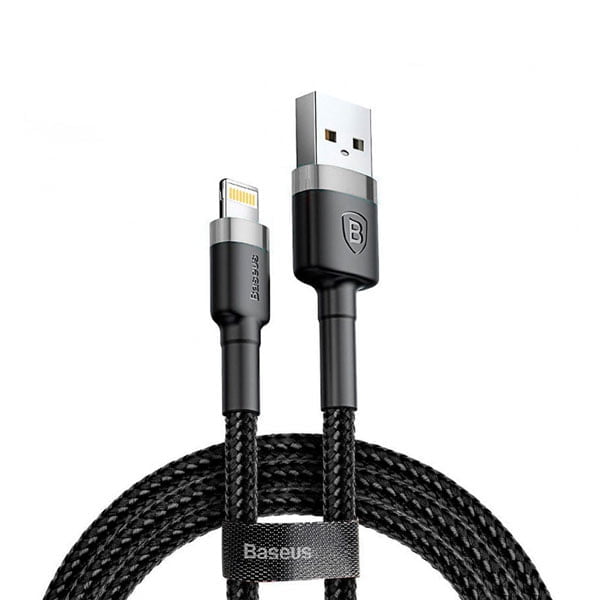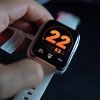No products in the cart.

Taking proper care of a Lightning data cable, commonly used with Apple devices, is essential for maintaining its functionality and prolonging its lifespan. Here’s a guide on how to use and care for your Lightning data cable:
Proper Usage
- Inserting and Removing the Cable
- Correct Orientation: Insert the Lightning connector into your device with the correct orientation, ensuring it slides in smoothly. Lightning connectors are reversible, so they can be inserted either way, but they should fit without resistance.
- Gentle Handling: When removing the cable, grip the hard plastic base of the connector, not the cord itself, to avoid stressing the cable and potentially damaging the internal wires.
- Avoid Bending or Twisting
- Gentle Bends: Avoid bending the cable at sharp angles, especially near the connectors. Bending or twisting can damage the internal wires, leading to fraying or breakage.
- Cable Management: Use cable clips or ties to keep the cable organized and prevent tangling, which can also cause damage.
- Avoid Excessive Pulling or Strain
- No Yanking: Do not yank the cable out of the device or the power adapter. Pulling from the cord can damage the internal connections and weaken the cable over time.
- Secure Positioning: When charging, make sure the cable is placed in a secure, stable position to prevent accidental pulling or tripping over the cable.
- Keep Away from Heat and Moisture
- Avoid Heat Sources: Keep the cable away from direct sunlight, heaters, or any other sources of excessive heat, which can degrade the cable’s insulation and internal wiring.
- Moisture Protection: Keep the cable dry. Moisture can damage the connectors and cause electrical shorts or corrosion.
Proper Care and Maintenance
- Regular Cleaning
- Clean Connectors: Periodically clean the connectors using a dry, soft cloth to remove dust and debris. This helps maintain a good connection between the cable and the device.
- Avoid Harsh Chemicals: Do not use harsh chemicals or abrasive materials to clean the cable, as these can damage the connectors and the cable’s insulation.
- Storage Tips
- Avoid Tight Coiling: When storing the cable, avoid tightly coiling it, which can cause strain and weaken the internal wires. Instead, use a loose coil or figure-eight pattern.
- Use a Protective Case or Sleeve: Consider using a protective case or sleeve for the cable when not in use. This can help prevent damage from accidental drops, bends, or pressure.
- Inspect for Damage
- Regular Checks: Regularly inspect the cable for signs of wear and tear, such as fraying, exposed wires, or bent connectors. If you notice any damage, replace the cable to avoid potential safety hazards or damage to your device.
- Avoid Using Damaged Cables: Do not use a damaged Lightning cable, as it can cause electrical hazards, damage your device, or fail to charge and sync properly.
- Avoid Overuse
- Limit Continuous Use: Continuous use of a single cable can lead to wear and tear over time. If possible, have multiple cables for different locations (home, office, car) to distribute usage evenly.
Additional Tips
- Use Genuine or Certified Cables
- Apple-Certified Cables: Use genuine Apple Lightning cables or MFi (Made for iPhone/iPad) certified cables. These are designed to meet Apple’s standards for quality and safety. Non-certified cables may not work properly or could potentially damage your device.
- Be Cautious with Third-Party Accessories
- Compatibility Check: If using third-party accessories, ensure they are compatible with your Lightning cable and device. Incompatible accessories can damage the cable or device.
- Properly Connect to Power Sources
- Safe Power Sources: When charging, connect your Lightning cable to a reliable power source, such as a certified wall adapter or a computer USB port. Avoid using damaged or non-certified chargers.
By following these guidelines, you can help extend the life of your Lightning data cable and ensure that it continues to function properly. Taking good care of your cable also helps protect your devices from potential damage caused by faulty or damaged cables.





You must be logged in to post a comment.